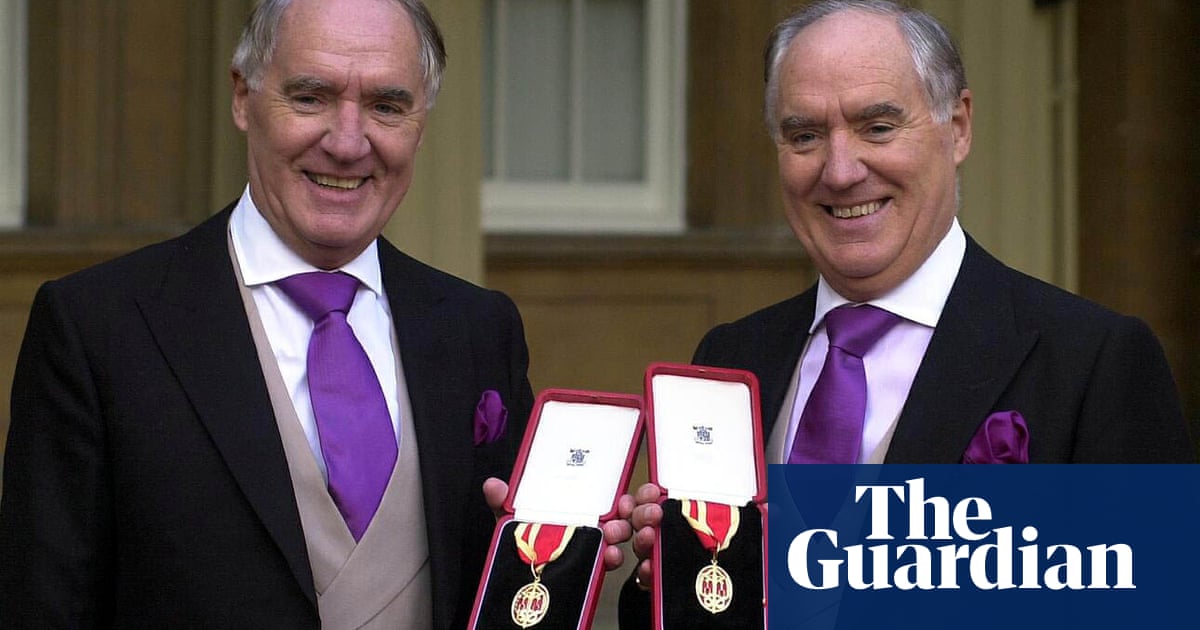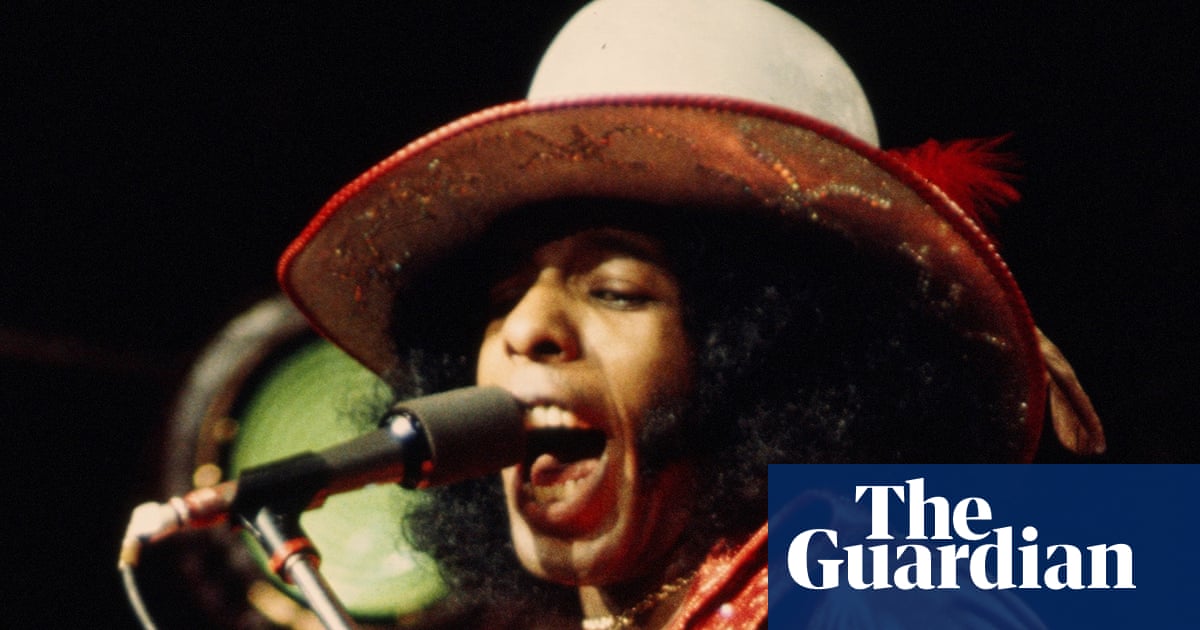
Endless column inches have been filled with comparisons between the recently concluded HBO series Succession and the real-life dynastic struggles of the Murdoch clan. But for seasoned media-watchers, there has been a far more dramatic generational handover taking place, and it involves the empire once owned by David and Frederick Barclay.
It’s the story of these twins and the business they built that Jane Martinson tells in You May Never See Us Again. Martinson is a former media editor of the Guardian, now professor of financial journalism at City, University of London (for transparency, I should say that we have been colleagues at both institutions).
And what a tale it is: divorce, bankruptcies, courtroom clashes, secret recordings and brothers turning against one another – after decades of being so close that they created a shared family crest with an entwined D&F to adorn a palace they had built on the desolate Channel Island of Brecqhou.
Martinson deftly chronicles how the Barclay twins, with almost no formal education, rose from poverty in west London to build first a property then a hotel business, before becoming proprietors of two of the most prestigious titles in British media: the Telegraph and the Spectator.
Last month, Rupert Murdoch managed a transition of power to his son Lachlan that went so smoothly as to be boring. At the risk of spoilers, that’s not how the Barclay dynastic succession worked out: when David died in 2021 family members had been feuding for years. Frederick, meanwhile, was blindsided by a request for divorce from his wife – with £120m sought in payment.
David’s sons went on to battle with Frederick and his family for control of the businesses. The ensuing fight, in court and beyond, is laid out in exquisite detail via Martinson’s meticulous reporting.
But the book’s real strength lies in demonstrating the ruthlessness by which the brothers built their empire – as well as their uncanny ability to exploit the British establishment to their own benefit. From the beginning of their operations, the Barclays operated in secret, with convoluted structures obfuscating who controlled what and how. Martinson explains that, in the 1970s, the brothers managed to exploit a relationship with the state-operated Crown Agents to obtain huge property loans on favourable terms, in ways that were perfectly legal – eventually losing millions of pounds of public money when the bubble burst.
A particularly striking example of cold-bloodedness sticks in the mind. At the conclusion of one takeover deal, the chairman of the target company had been expecting to be asked to stay on by the new owners. However, “instead of the large glass of something suitable he’d expected to celebrate the deal and the new role”, Martinson recounts, “he’d been handed a letter from David Barclay accusing him of a breach of confidence and asking for his immediate resignation. He was shell-shocked.”
That fierceness was no one-off: to build and run their Channel Islands home, the Barclays went to war with the population of the next island over. They fought business rivals tooth and nail in court. They fought journalists with libel suits in the UK and elsewhere. They eventually turned the hostility against each other. So for Martinson to report everything she has as colourfully and thoroughly as this is no small feat.
And it was well worth it. Those who aren’t media obsessives may find some of the details of business deals a bit of a slog, but, overall, this is a tour de force – on how power and money can be gained, and how easily it can be lost.
You May Never See Us Again: The Barclay Dynasty: A Story of Survival, Secrecy and Succession by Jane Martinson is published by Penguin (£25.00). To support the Guardian and the Observer buy a copy at guardianbookshop.com. Delivery charges may apply.












